Are you looking for alternatives to improve your indoor air quality, and save your energy bills? Then you need to consider raising humidity levels in your home with plants!
Indoor plants not only purify the air around us but also increase humidity.
If you live in a dry climate or heat your home in the winter, you may notice that the air feels dry and irritated. Indoor plants can help raise the humidity in your home, making the air feel more comfortable.
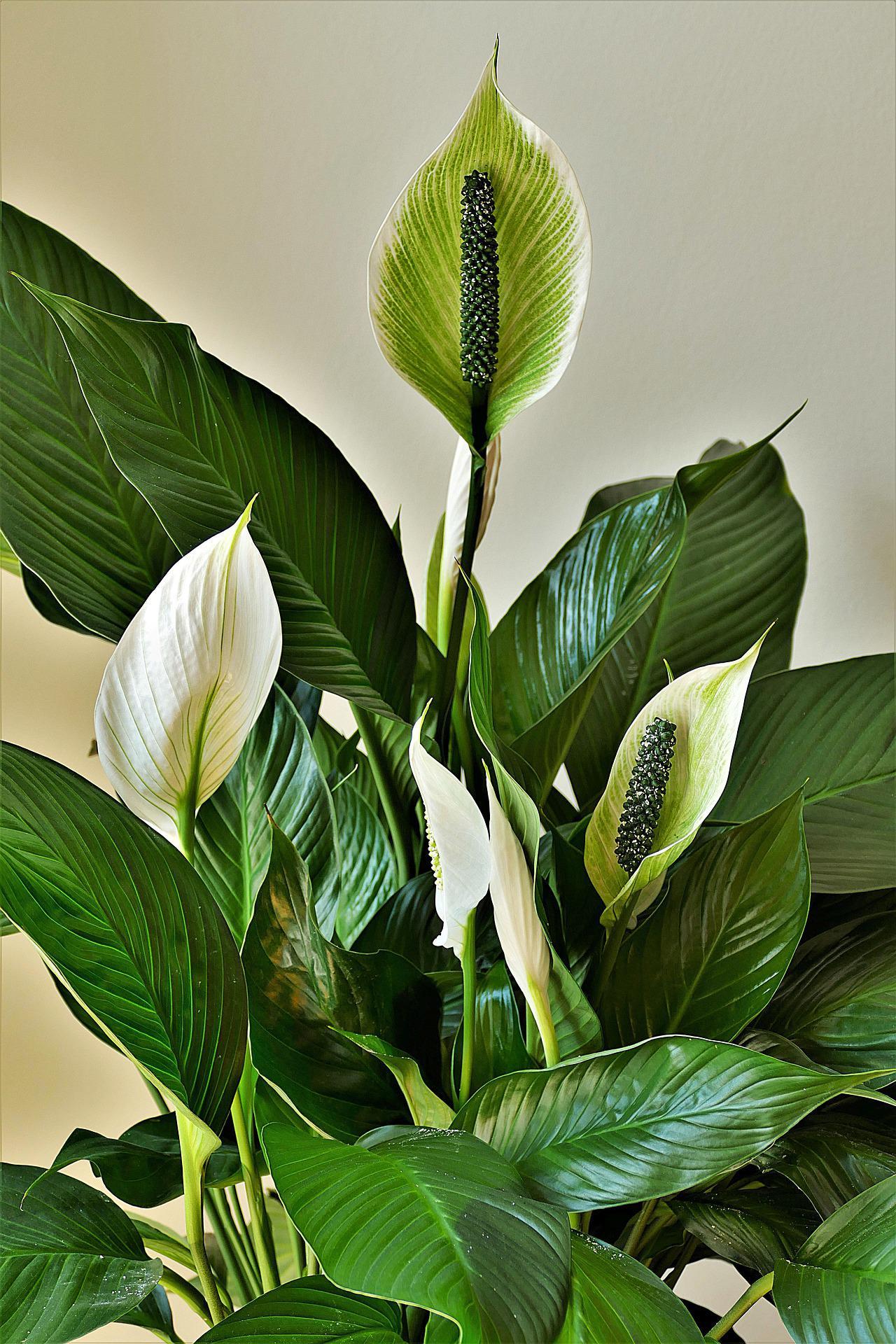
Credit: Pixabay
There are a few different types of plants that are great at raising humidity. The spider plant is one of the most popular options. They are easy to care for and can thrive in a variety of conditions. Snake plants and Boston ferns are also good choices.
If you are looking for a plant that will not only raise the humidity in your home but also purify the air, consider the rubber plant. This type of plant filters out toxins and impurities from the air, making it a healthy choice for your home.
No matter which type of plant you choose, adding an indoor plant to your home is a great way to improve the air quality and make your space more comfortable.
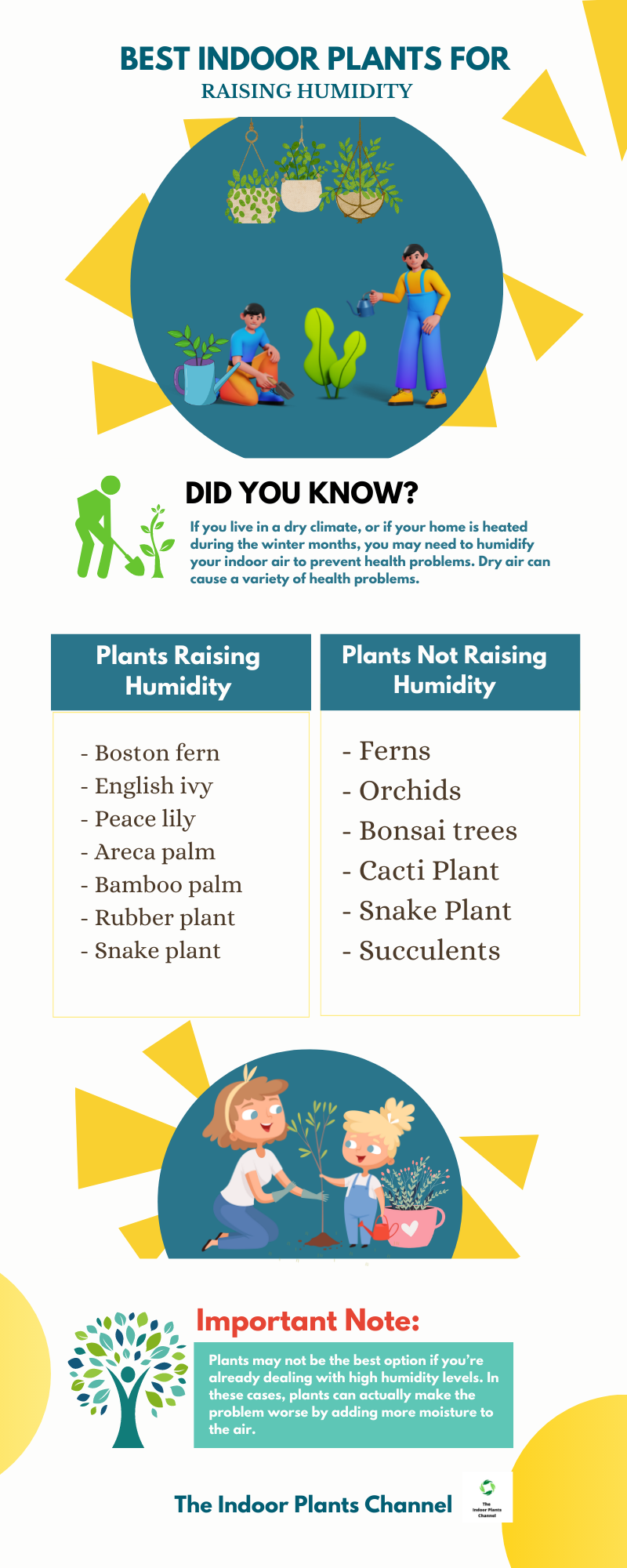
How To Raise The Humidity In Your Home With Plants
You can use indoor plants to raise the humidity in your home.. Here are some tips on how to do this:
Choose the right plants.
Some good choices for raising humidity include tropical plants, such as ferns, palms, and cypresses.
Group your plants together.
When you group plants together, they can create a microclimate that is more humid than the surrounding air. Thus, you can place them in strategic positions.
Use a humidifier.
If you have a lot of plants, or if the air in your home is particularly dry, you may want to use a humidifier to help raise the humidity.
Take care of your plants.
Keep your plants healthy by giving them the proper care, including watering and fertilizing them.
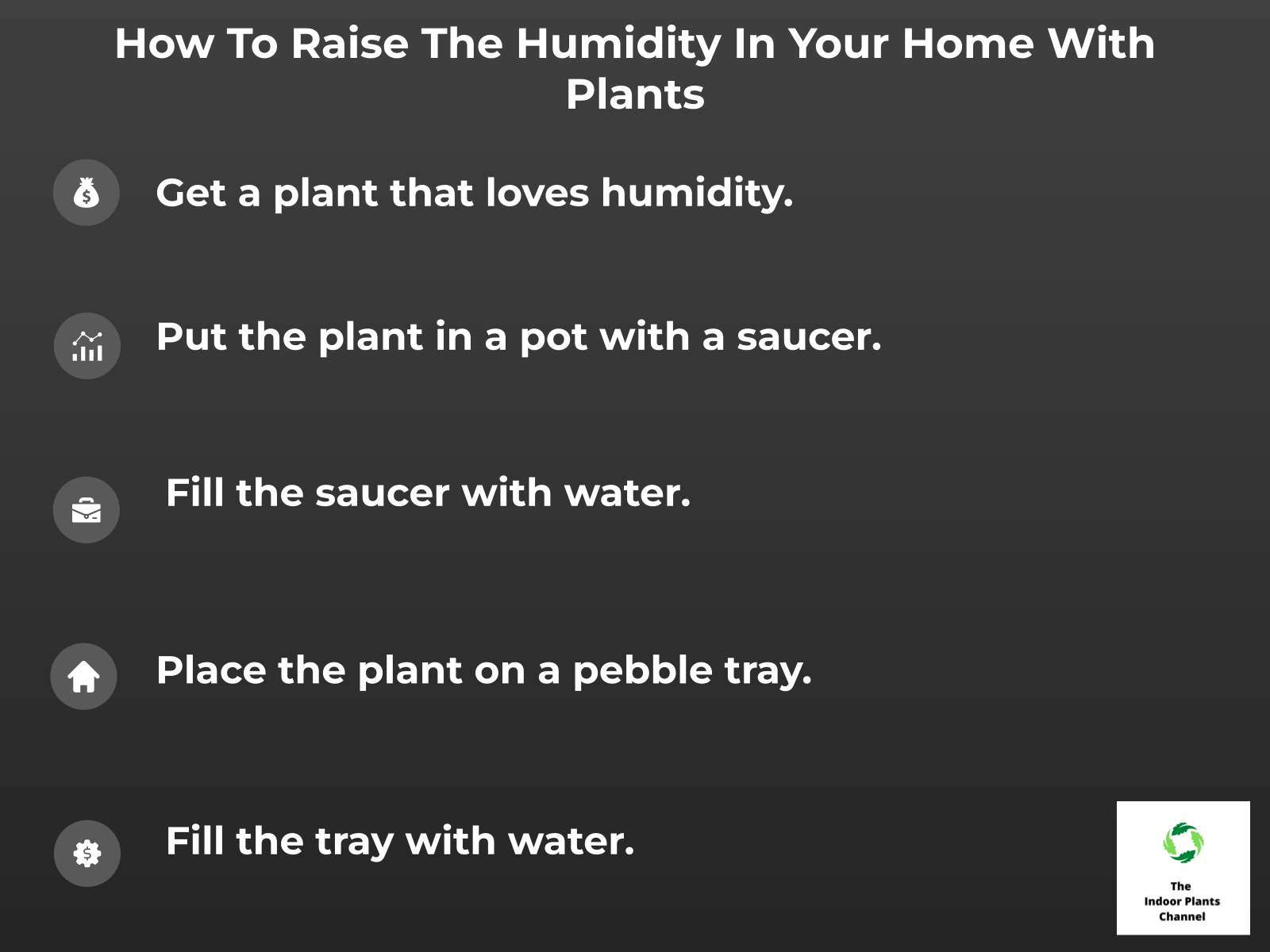
The Best Plants For Increasing Humidity
There are a variety of plants that can help increase the humidity in your home. Some of the best plants for this purpose are:
1. Ferns
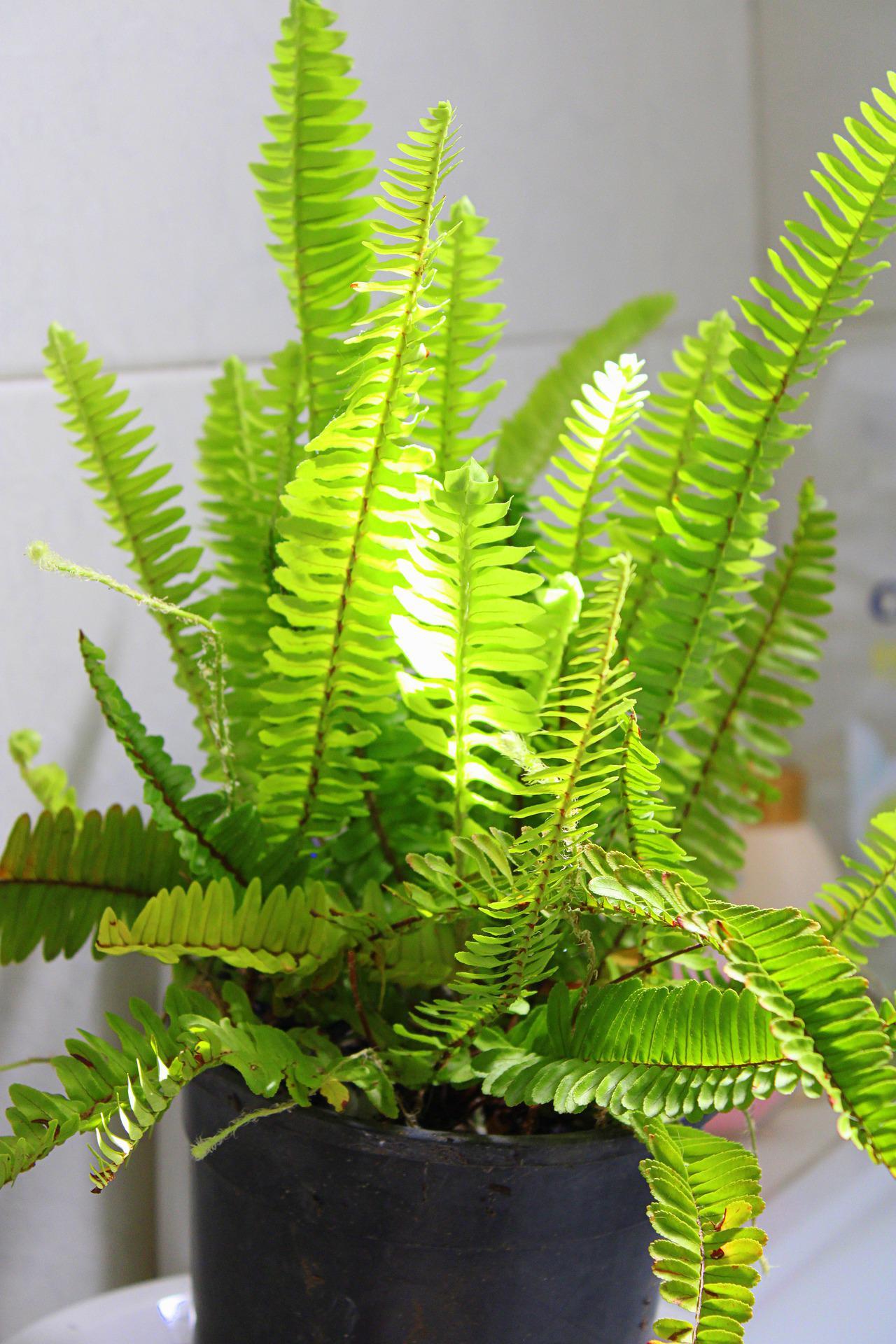
Credit: Pixabay
Ferns are a great choice for increasing humidity because they release a lot of water vapor into the air. They also prefer humid environments, so they will be happy in your home.
2. Bamboo

Credit: Pixabay
Bamboo is another plant that does well in humid environments. It releases a lot of water vapor into the air, making it ideal for increasing humidity.
3. Orchids
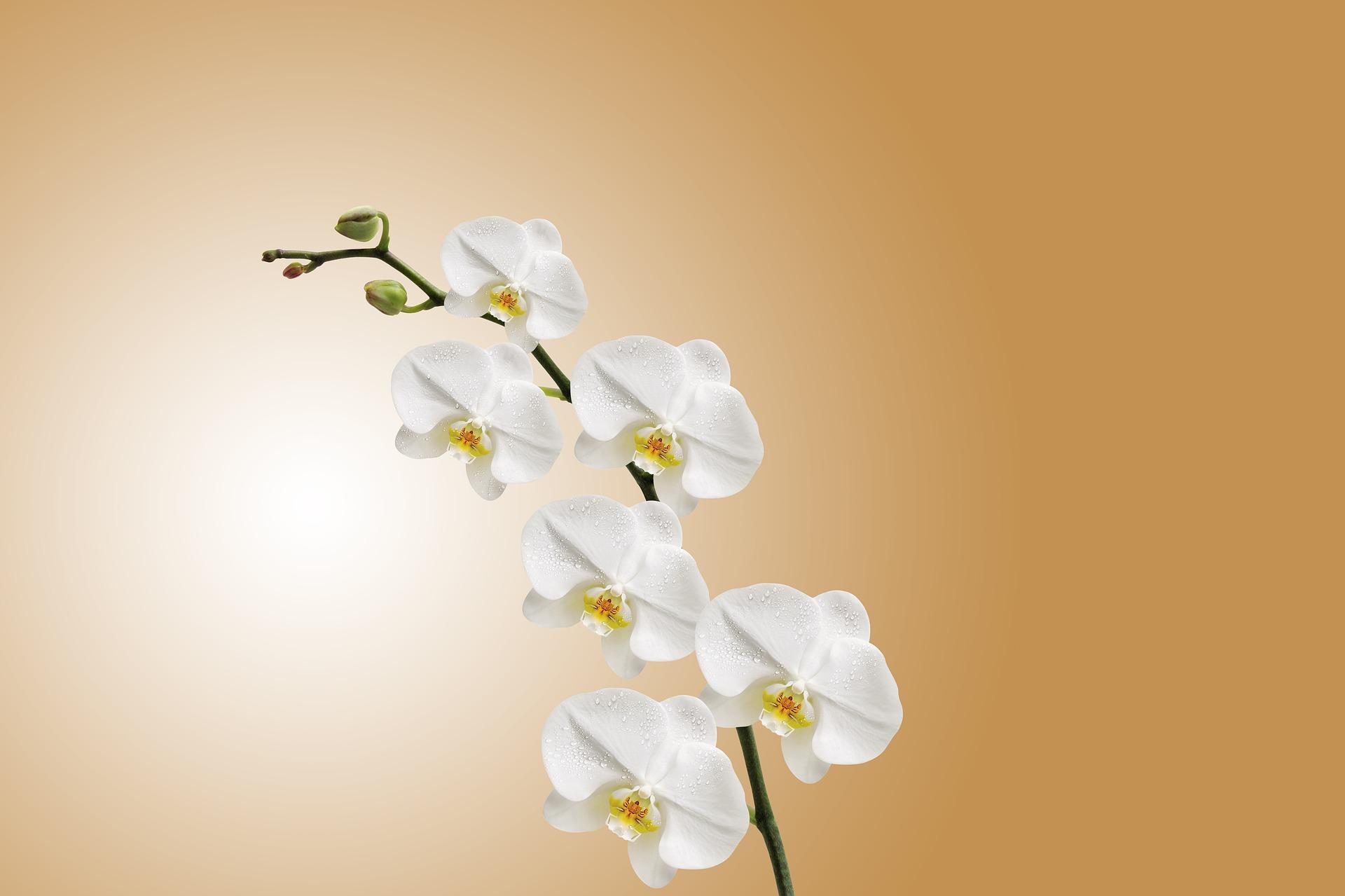
Credit: Pixabay
Orchids are another plant that does well in humid environments. They are known for their beautiful flowers, and they also release a lot of water vapor into the air.
4. Palm Trees

Photo by Chris Abney on Unsplash
Palm trees are a great choice for increasing humidity because they release a lot of water vapor into the air. They also prefer humid environments, so they will be happy in your home.
5. Peace Lilies

Credit: Pixabay
Peace lilies are a great choice for increasing humidity because they release a lot of water vapor into the air. They also prefer humid environments, so they will be happy in your home.
The Benefits Of Raising Humidity In Your Home
There are many benefits to raising the humidity in your home.
- It helps to relieve dry skin. If you suffer from dry skin, you know how uncomfortable it can be. Raising the humidity in your home can help to moisturize your skin and make it feel more comfortable.
- It helps to relieve congestion and coughing. If you have a cold or the flu, the increased moisture in the air can help to loosen the mucus in your chest and make it easier to cough it up. This can help you to feel better faster.
- Raising the humidity in your home can even help to protect your furniture. If the air in your home is too dry, it can cause your wood furniture to crack and your paint to peel. By raising the humidity, you can help to prevent this damage.
- Using plants to increase your home’s humidity will create a more comfortable environment overall. If you live in a dry climate, you know how uncomfortable it can be when the air is very dry.
- Raising the humidity can help to make the air feel more comfortable and can even help to reduce static electricity.
The Risks Of Not Humidifying Your Home
If you live in a dry climate, or if your home is heated during the winter months, you may need to humidify your indoor air to prevent health problems. Dry air can cause a variety of problems, including:
• Dry skin
• Dry eyes
• Nasal congestion
• Sore throats
• Coughing
• Eczema
• Allergies
• Asthma
If you or someone in your family suffers from any of these conditions, it is important to humidify your indoor air to prevent them from getting worse. There are a variety of humidifiers on the market, and you should choose one that is right for your home.
Moreover, to prevent these health problems, it is important to humidify your indoor air if you live in a dry climate or if your home is heated during the winter months.
The Different Ways To Raise Humidity In Your Home
There are a few different ways that you can raise the humidity in your home.
- If you have a dry climate, you may need to use a humidifier to add moisture to the air.
- If you have plants in your home, you can also help to raise the humidity by using a pebble tray or a humidifier.
- If you have a fireplace or wood stove, you can raise the humidity by burning wood.
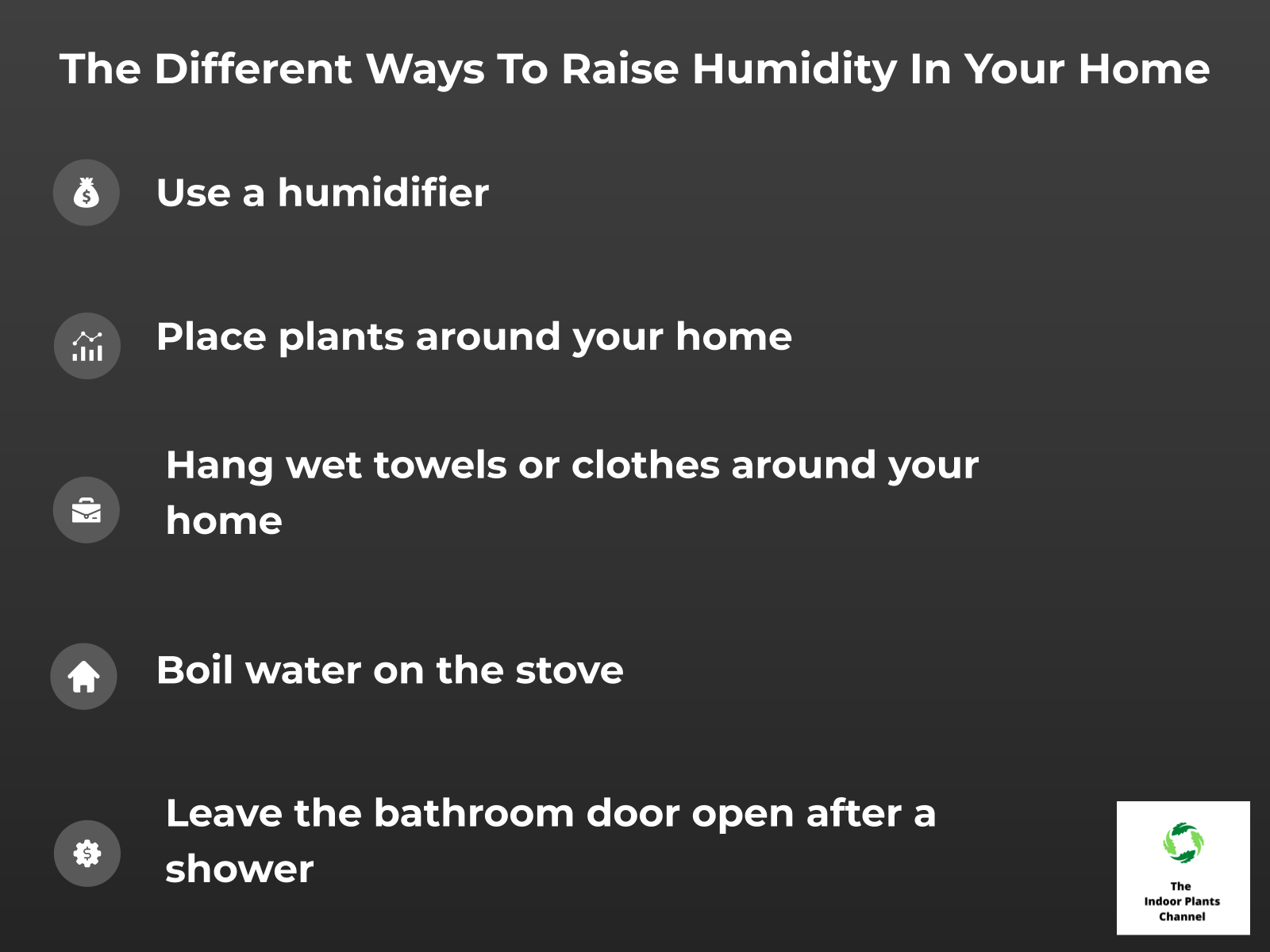
The Pros And Cons Of Using Plants To Raise Humidity
There are a few pros and cons to using plants to raise humidity.
Pros
- Plants can help increase the humidity in a room by releasing water vapor into the air. It’ll be beneficial, especially if the air in your home is dry, or if you suffer from conditions like static electricity or dry skin.
- Plants can also help purify the air, filtering out harmful toxins and pollutants.
Cons
- Plants may not be the best option if you’re already dealing with high humidity levels. In these cases, plants can actually make the problem worse by adding more moisture to the air.
- Additionally, some plants require more care than others, and may not be suitable for everyone.
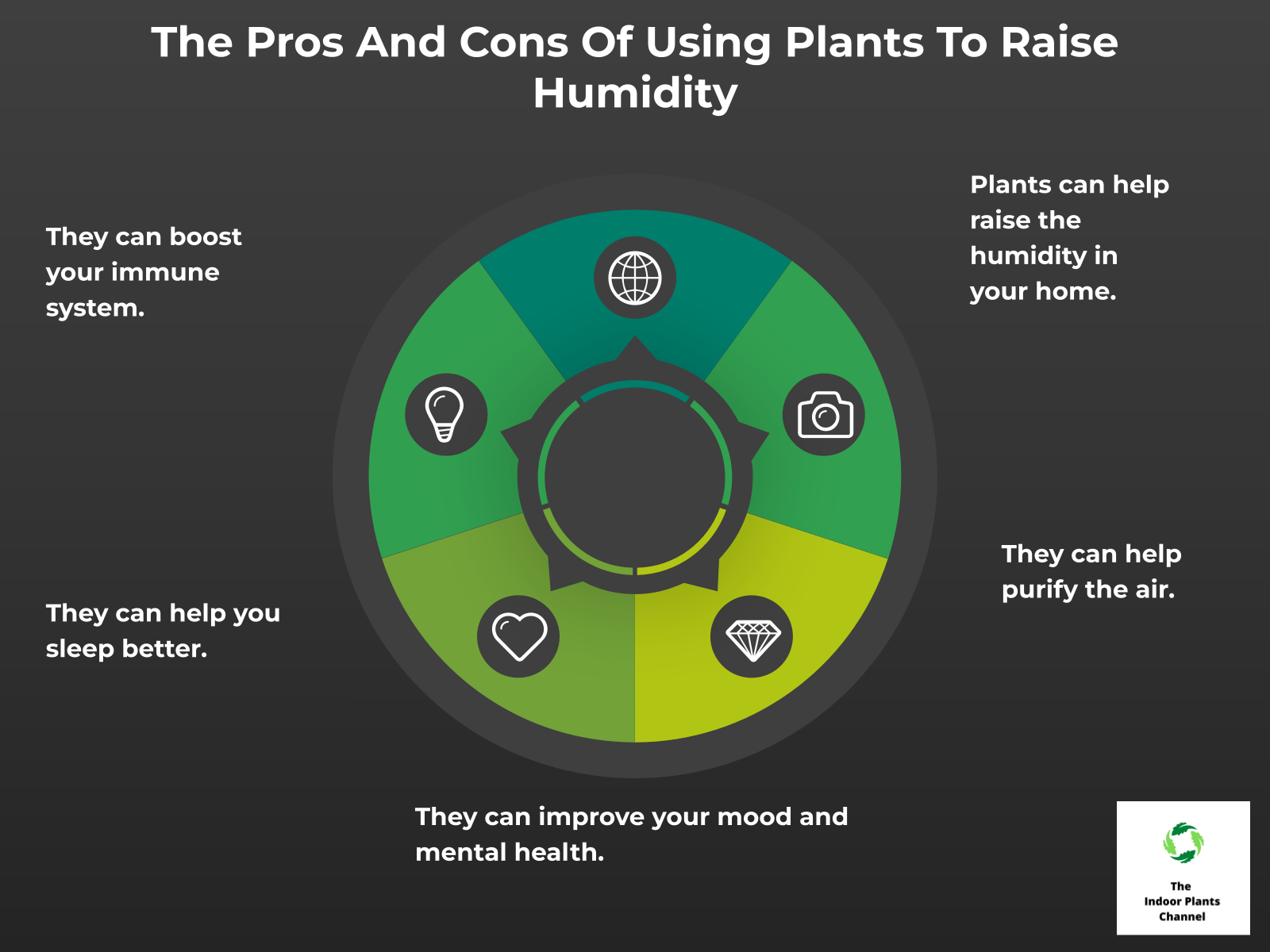
The Most Effective Plants For Raising Humidity
There are a few different ways to raise the humidity in your home, but one of the most effective is to use plants. Plants release water vapor into the air as they transpire, which can help to increase the humidity in your home.
In a study of office workers, it was found that those who had plants in their offices had significantly higher levels of humidity than those who did not. The plants also seemed to improve air quality, as there was less dust and fewer airborne contaminants in the offices with plants.
There are a number of different plants that can be used for this purpose, but some of the most effective include:
1. Boston Fern

Credit: Pixabay
Boston ferns are a great option for raising humidity, as they are very efficient at releasing water vapor into the air. They also have a beautiful, lush appearance that can brighten up any room.
2. English Ivy
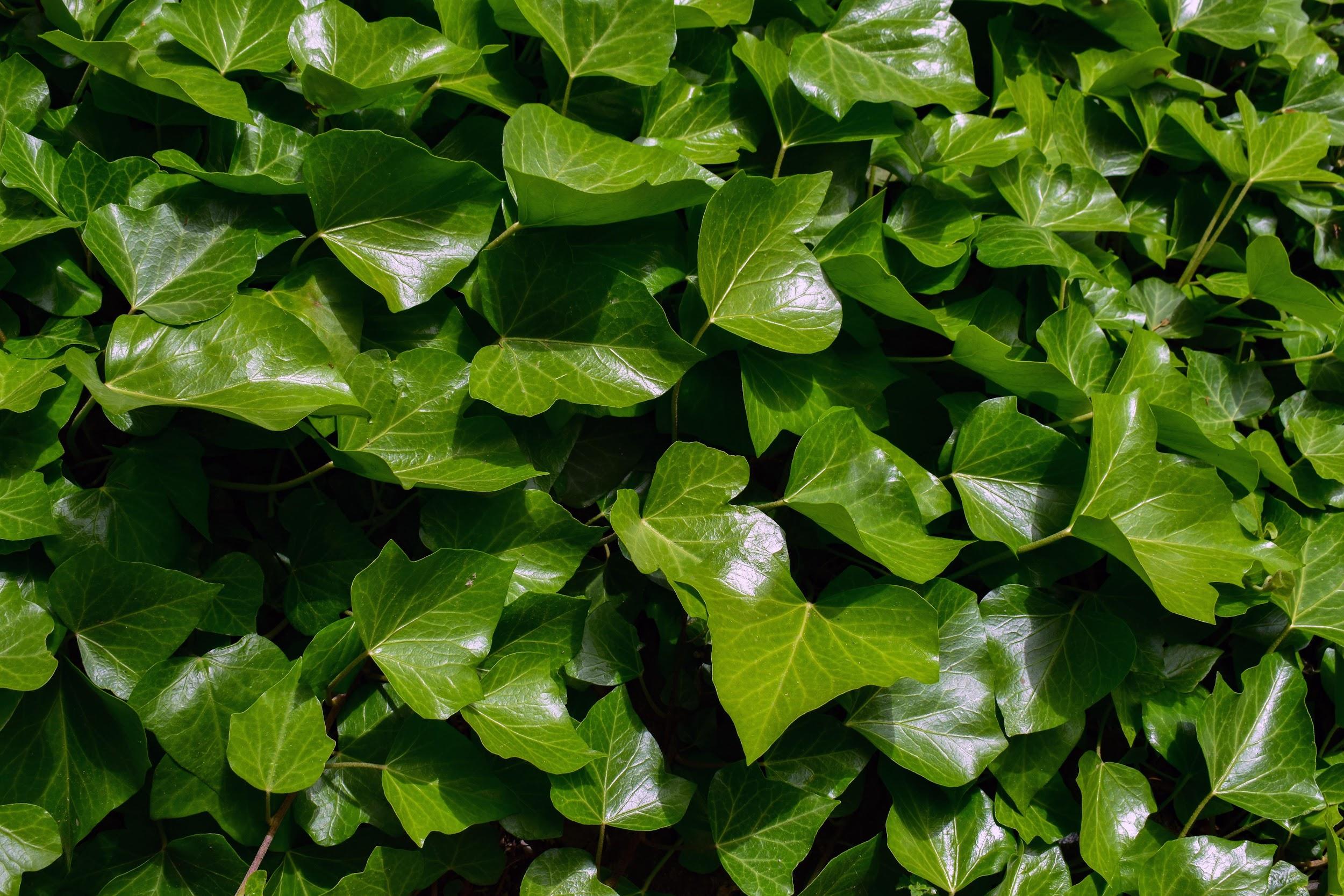
Credit: Pixabay
English ivy is another great plant for raising humidity, as it is also very efficient at releasing water vapor. It is also a very versatile plant that can be grown in a number of different ways, making it a great option for a variety of different homes.
3. Peace Lily

Credit: Pixabay
Peace lilies are another excellent choice for raising humidity, as they not only release a lot of water vapor, but they also help to filter out harmful toxins from the air. This makes them a great option for people who are looking for a way to improve the air quality in their home.
4. Areca Palm
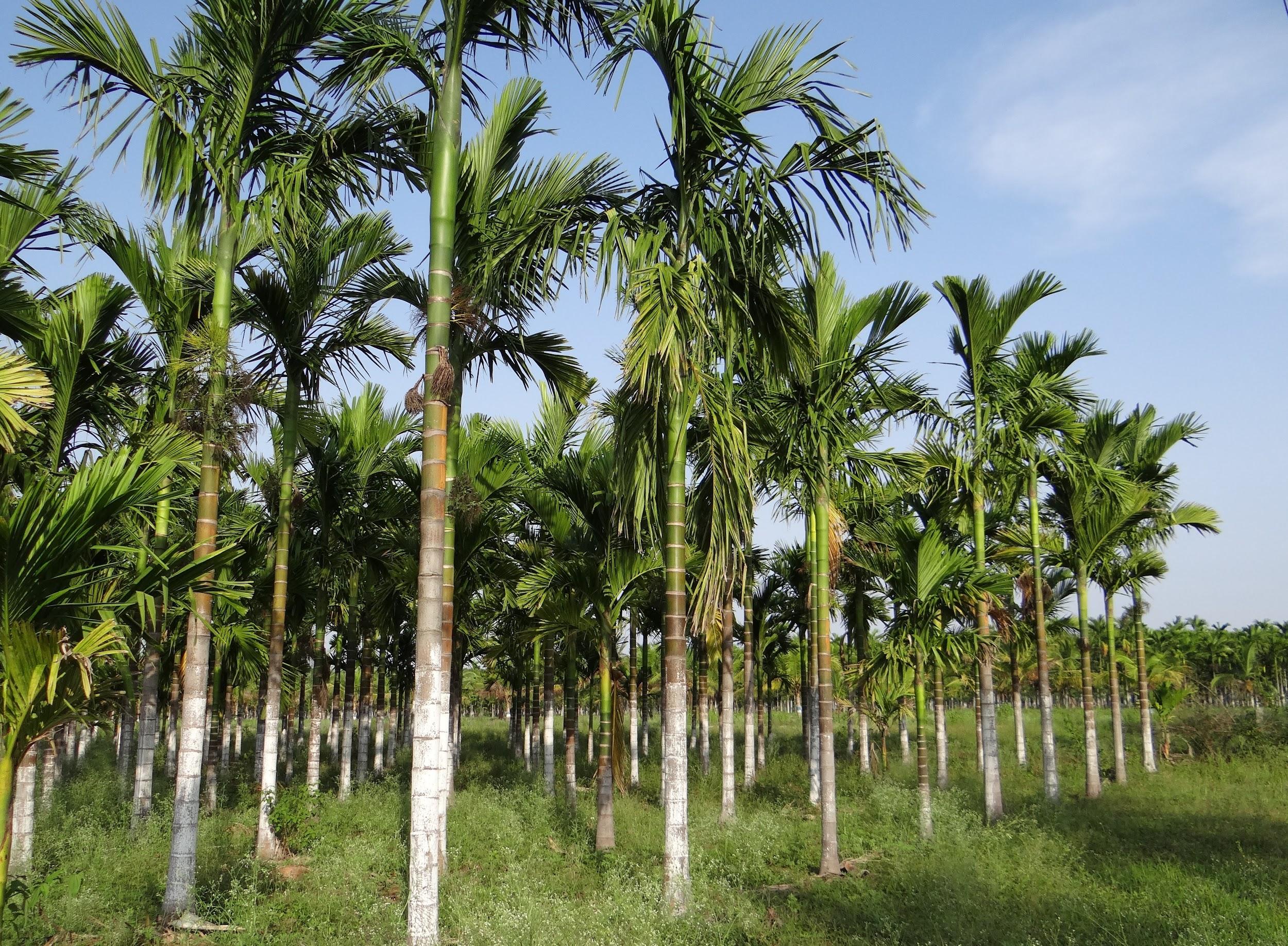
Credit: Pixabay
Areca palms are a great option for those who want to raise the humidity in their home, as they are very efficient at releasing water vapor into the air. They are also a very attractive plant, making them a great addition to any home.
5. Bamboo Palm
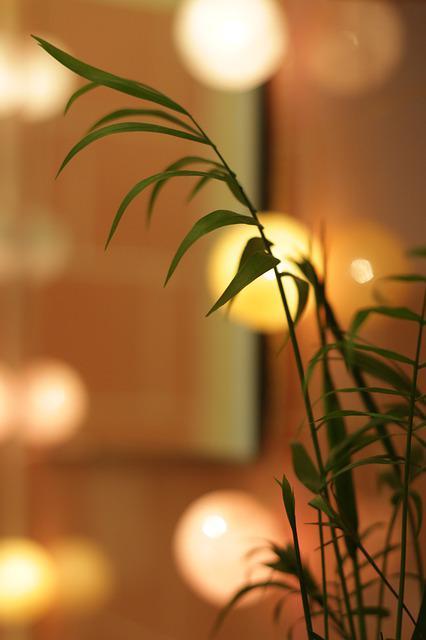
Image by ulissescs from Pixabay
Bamboo palms are another excellent choice for raising humidity, as they are very efficient at releasing water vapor into the air. They are also a very attractive plant, making them a great addition to any home.
6. Rubber plant

Credit: Unsplash
Rubber plants are a great option for those who want to raise the humidity in their home, as they are very efficient at releasing water vapor into the air. They are also a very attractive plant, making them a great addition to any home.
7. Snake plant
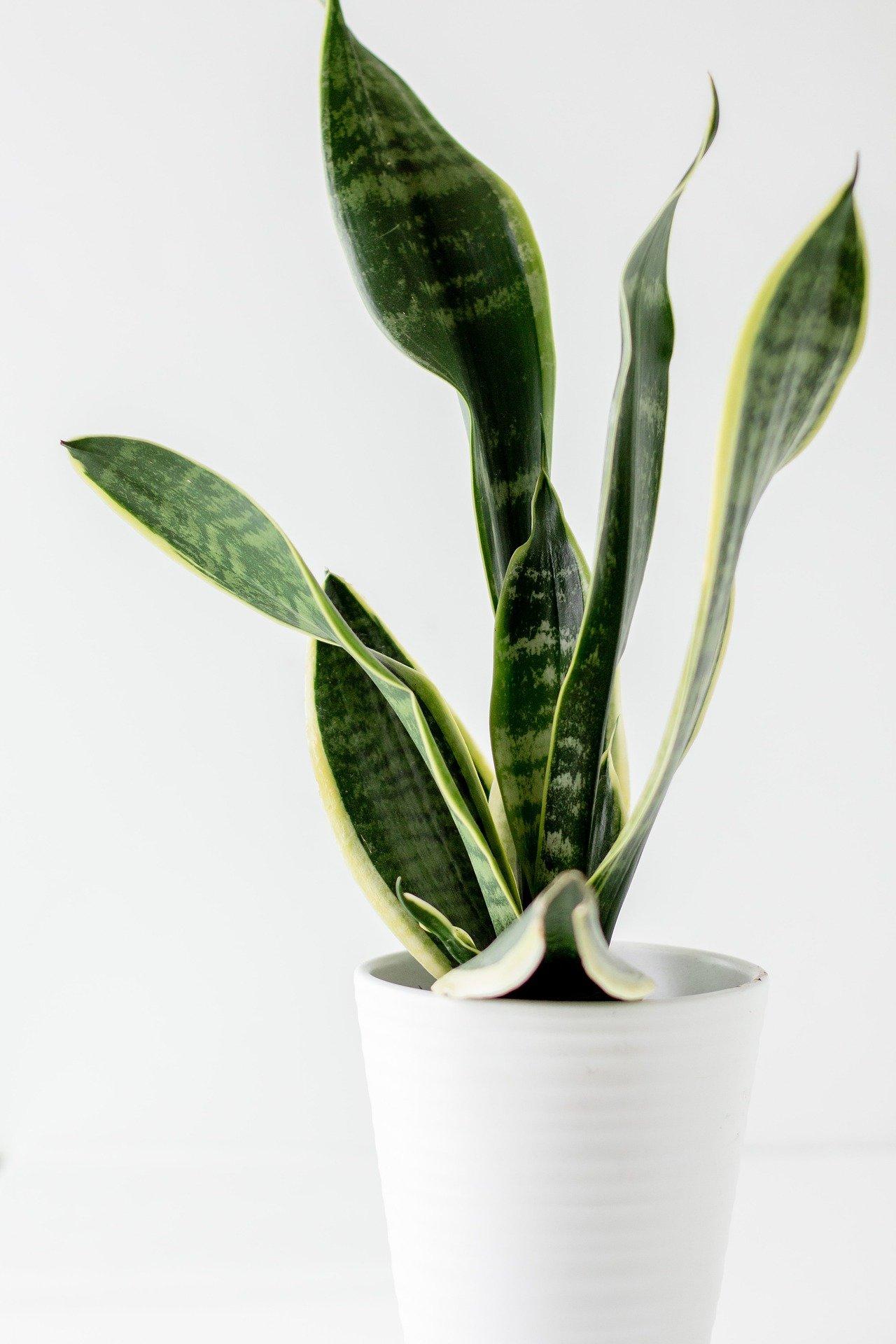
Credit: Pixabay
Snake plants are a great option for those who want to raise the humidity in their home, as they are very efficient at releasing water vapor into the air. They are also a very attractive plant, making them a great addition to any home.
The Least Effective Plants For Raising Humidity
There are a number of plants that are commonly thought to be effective at raising humidity, but which are actually not very good at it. These include:
- Ferns
- Orchids
- Bonsai trees
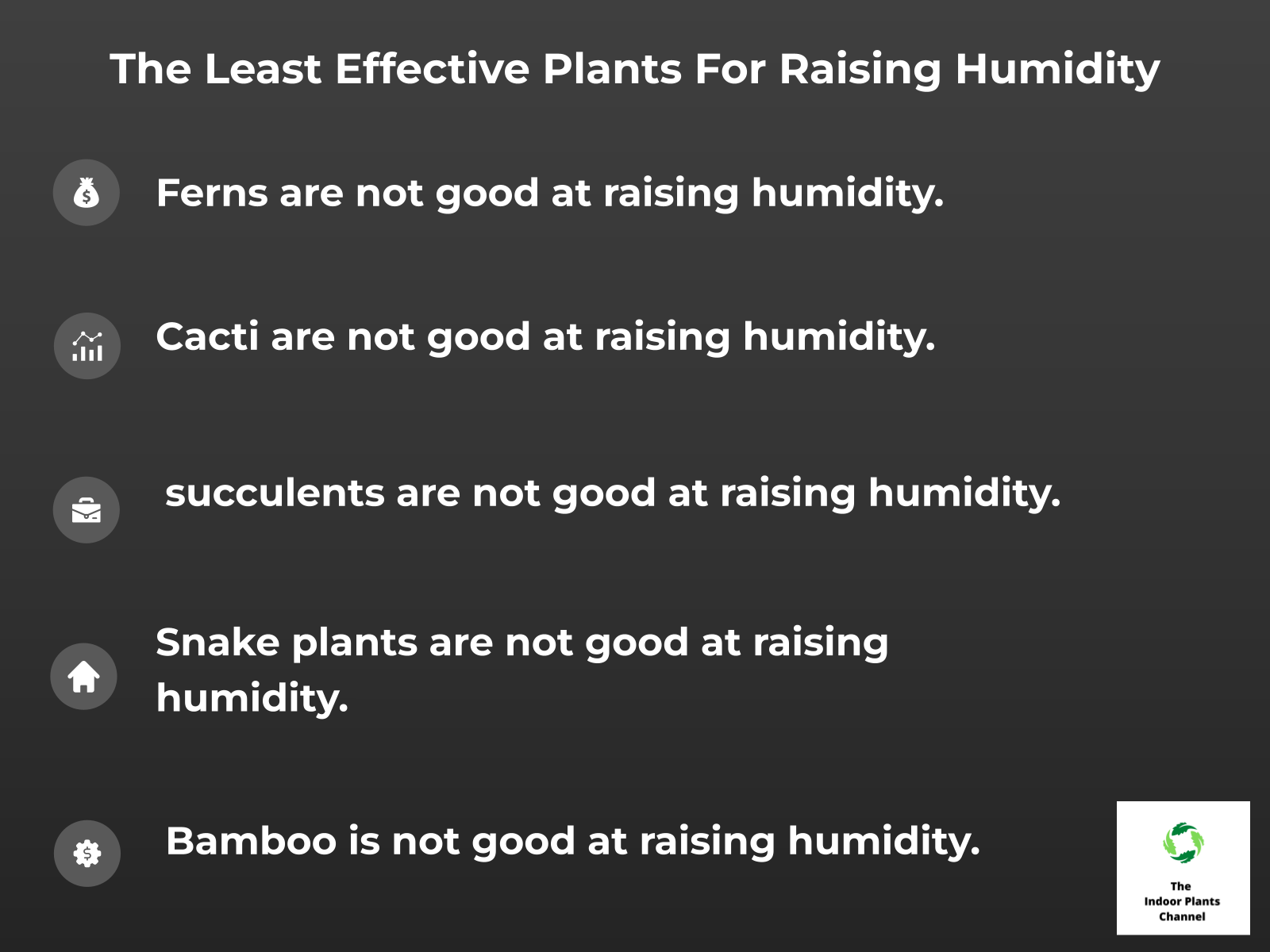
Quick Tips
- Look for plants that have large, fleshy leaves, as these will help to raise the humidity in your home.
- Avoid plants with small, delicate leaves, as they will not be able to withstand the extra humidity.
- Consider placing your plants on a pebble tray or misting them regularly to help increase the humidity around them.
- Some of the best plants for raising humidity include the Boston fern, English ivy, and peace lily.
Conclusion
There are various reasons you should increase the humidity of your home, especially during winter. Fortunately, some indoor plants work effectively for this purpose. They help to raise your home humidity and prevent your skin from drying out.
Therefore, the post highlights the plants that you should place in your home, their benefits and some of the plants you should avoid.
Michelle Wilde
Related posts
1 Comment
Leave a Reply Cancel reply
![]()
About Michelle Wilde
Michelle Wilde is a stay-at-home mom and avid plant lover. Armed with a post-graduate degree in Computer Science (no kidding!), she loves researching plants and landscapes. When she is not caring for her 4 kids, she spends time on her passion for plants. She blogs at www.indoorplantschannel.com, the trusted source for indoor plants.
Learn more
Subscribe
* You will receive the latest posts and updates about indoor plants!
Search
Recent Posts
Categories
- Beginner Guides (10)
- FAQ (206)
- General (2)
- How-To Guides (212)
- Indoor Plants (214)
- Pest Management (2)
- Plant Problem Solutions (4)
- Seasonal Growing (2)
- Specialized Environments (2)
- Specific Plant Care (3)
- Technical Growing (2)
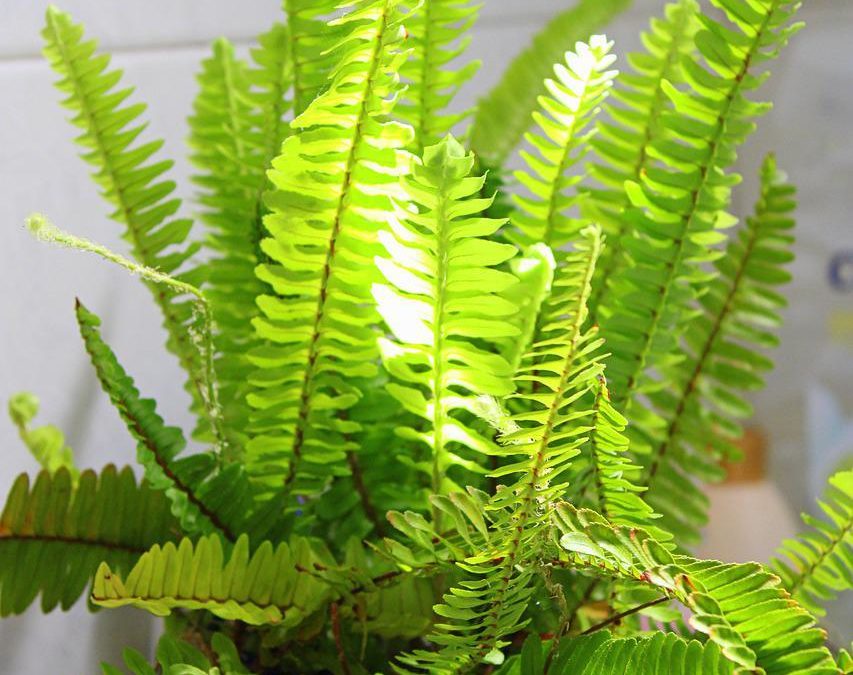
[…] for a natural way to improve your indoor air quality, read on to learn more about how to use houseplants to increase humidity and improve your […]